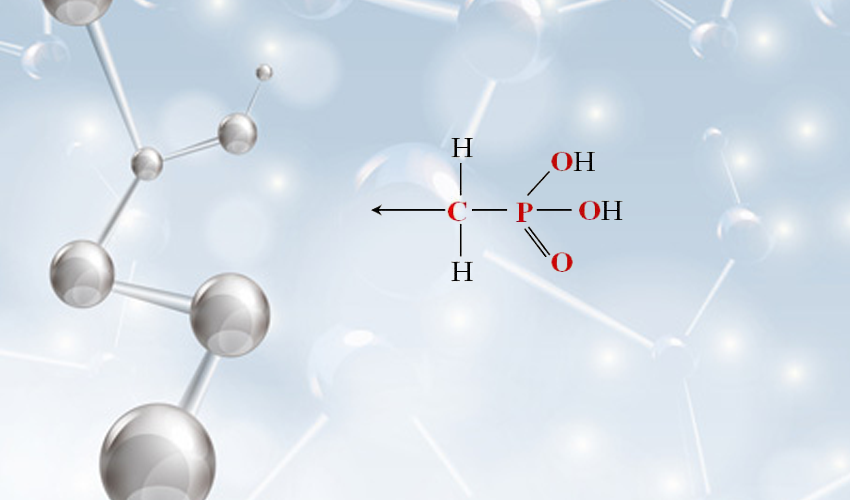diethylene triamine penta methylene phosphonic acid
Diethylenetriamine Penta(methylene Phosphonic Acid) An Overview
Diethylenetriamine penta(methylene phosphonic acid) (DTPMPA) is a highly efficient phosphonate chelating agent that has garnered attention in various industrial applications, particularly in water treatment, detergents, and corrosion inhibition. This article delves into the chemical structure, properties, applications, and environmental considerations associated with DTPMPA.
Chemical Structure and Properties
DTPMPA is characterized by its complex structure, which includes multiple phosphonic acid groups attached to a backbone of diethylenetriamine. The presence of five methylene phosphonic acid groups facilitates its ability to bind with metal ions, making it an effective chelating agent. The molecular formula of DTPMPA is C10H20N2O15P5, indicating a sophisticated arrangement that contributes to its unique properties.
One of the key attributes of DTPMPA is its high stability across a wide pH range. This stability is essential when applied in environments varying in acidity or basicity, such as in industrial water systems. Additionally, DTPMPA exhibits excellent solubility in water, which enhances its efficiency in dissolving and transporting metal ions. Its ability to form stable complexes with divalent and trivalent metal ions, such as calcium, magnesium, and iron, makes it a valuable compound in sectors where scale formation and corrosion are concerns.
Applications
Due to its chelating properties, DTPMPA finds extensive use in numerous applications
1. Water Treatment In cooling water systems, DTPMPA is used to prevent scale formation caused by calcium and magnesium ions. It helps to maintain the efficiency of heat exchangers and other equipment in industrial settings, thus extending their operational lifespan.
2. Detergents and Cleaning Agents In formulations for detergents, DTPMPA serves as a builder that enhances the cleaning efficiency by binding to metal ions present in water. This action softens hard water, improving the efficacy of surfactants in washing processes.
diethylene triamine penta methylene phosphonic acid

3. Corrosion Inhibition DTPMPA is employed in various metalworking fluids and treatments to inhibit corrosion. By complexing with metal ions that might otherwise catalyze corrosion processes, DTPMPA helps to protect surfaces and extend the longevity of equipment.
4. Agriculture The compound is also used in agricultural applications as a chelating agent for micronutrients, facilitating better nutrient uptake by plants. This capability is particularly valuable in regions with nutrient-deficient soils.
5. Biomedical Research In the realm of biomedicine, DTPMPA is explored for its potential applications in drug delivery and medical diagnostics because of its ability to form stable complexes with various therapeutic agents.
Environmental Considerations
While DTPMPA is considered less harmful to the environment compared to traditional phosphonate compounds, its use is not without challenges. The biodegradability of phosphonates remains a key concern, as they can persist in the environment. Responsible management practices and regulatory compliance are essential in applications to minimize any potential ecological impact.
The production and application of DTPMPA are often scrutinized under environmental regulations, leading to research and development efforts aimed at creating more sustainable and eco-friendly alternatives. Industries utilizing DTPMPA are encouraged to adopt more rigorous treatment and recycling processes to mitigate adverse effects on aquatic ecosystems.
Conclusion
Diethylenetriamine penta(methylene phosphonic acid) is a versatile and effective chelating agent with a wide range of industrial applications. Its stability, solubility, and ability to form strong complexes with various metal ions make it an invaluable component in water treatment, cleaning products, and corrosion inhibition. However, as industries continue to rely on such chemical agents, ongoing research into their environmental impact is crucial. Balancing the benefits of DTPMPA with sustainable practices will help ensure that its use remains responsible and beneficial to both industry and the environment. Through continued innovation and eco-conscious approaches, DTPMPA can play a significant role in the advancement of various sectors while minimizing ecological footprints.
-
The Ultimate Guide to Flocculants: Transforming Water TreatmentNewsNov.01,2024
-
Improve Your Water Treatment Solutions with PolyacrylamideNewsNov.01,2024
-
Enhance Your Water TreatmentNewsNov.01,2024
-
Empower You to Achieve the Highest Standards of Water QualityNewsNov.01,2024
-
Effective Scale InhibitorsNewsNov.01,2024
-
Discover the Power of Poly Aluminum Chloride in Water TreatmentNewsNov.01,2024





